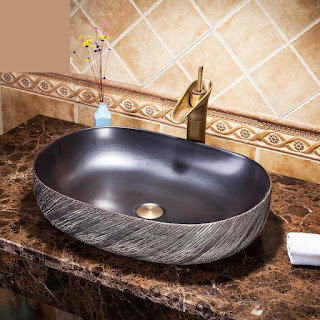Landscape Boulders to Your Yard
What is a boulder?
A boulder is defined as any rock larger than 16” in diameter. They are available in two basic shapes: round and angular.
Round boulders have smooth edges and curves. They are water-washed or river-run surface stones of granite and sandstone, worn over the eons by wind, sand and rain.
Angular boulders have jagged, blasted edges and flat faces. They are columnar, boxy or rectangular and may be composed of but not limited to granite, quartzite, sandstone and basalt.
Boulders are more colorful than you’d think!
Choosing the Color of your rocks may be the hardest part of the process. Most people aren’t aware of just how many colors are available. Pink, gold, brown, gray, tan, green and every combination in between, we have stones in dozens of colors.
To make things a little easier, not all colors are available each style (round/angular), so finding a combination of colors and shape that suits your needs will narrow your choices.
What size boulder should you use?
This is may be the most important factor to consider. Here’s the problem: if the rocks you choose are too small, they may be lost once surrounding plant material reaches its mature size, or your rocks may look insignificant compared to other features of the landscape.
And it gets worse – if you choose rocks that are too big, they may dwarf other landscape features or just look out of place.
So how do you determine what size will work best for your landscape? Here’s the solution:
There’s a simple way to “size up” your landscape rock. Before going out to a rock yard to choose your boulders, fill plastic trash bags of various sizes with crumpled newspaper creating “boulders” of the size you think would work into your landscape design. Place these in the areas where you want to use them. This will give you a good idea of how different sizes will look in scale, as well as how many you need and where you want them placed. And they are a lot easier to move around than real boulders! You can shift, roll, tweak and perfect the placement and size before things get “heavy.”
Placing boulders for a natural look
Just as important as the color and shape of your stone is a natural look of stability and permanence in your garden. Using odd numbers of rocks, combining different sizes, and placing your biggest one off-center in your yard will achieve the most natural look.
Another great way to help your boulders blend in with the landscape is to dig down a bit to place approximately 1/3 of the rock below ground level. While this isn’t a hard and fast rule, it will add to the impression that your boulders are laying naturally in the soil instead of sitting on top of it.
For larger rocks, and sometimes even for smaller ones, we recommend using a professional to help you install them in your yard. Small tractors and forklifts are usually available through a local contractor, and some rock companies like ours even offer heavy-duty cranes to deliver and place the them in your landscape, twisting and turning each piece to meet your exact specifications. Inquire at the rock yard where you plan to buy your boulders .












Comments
Post a Comment